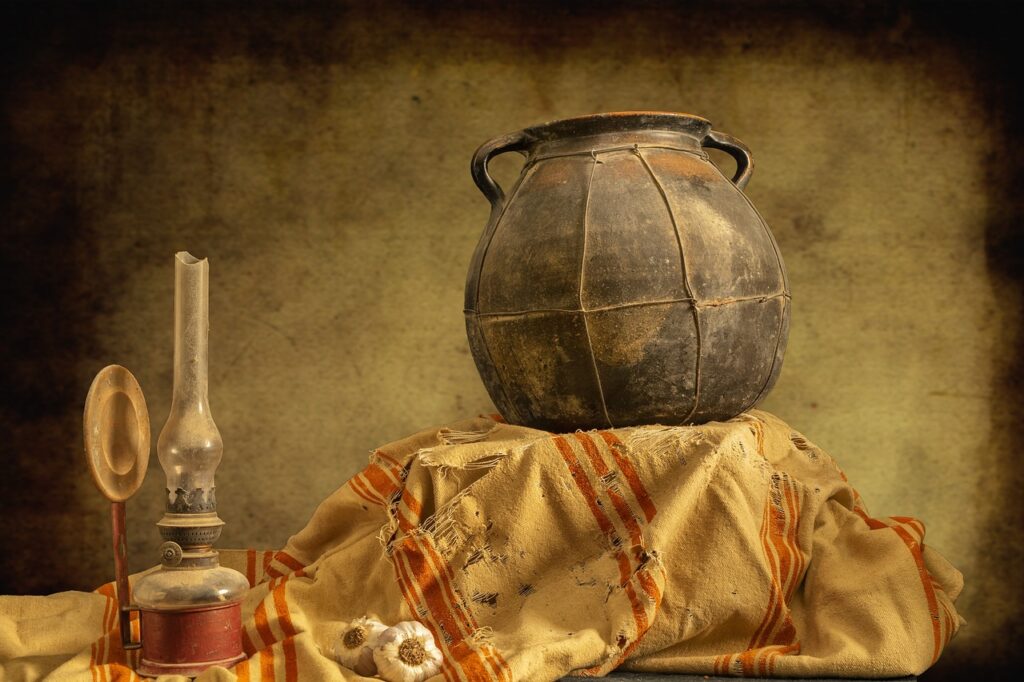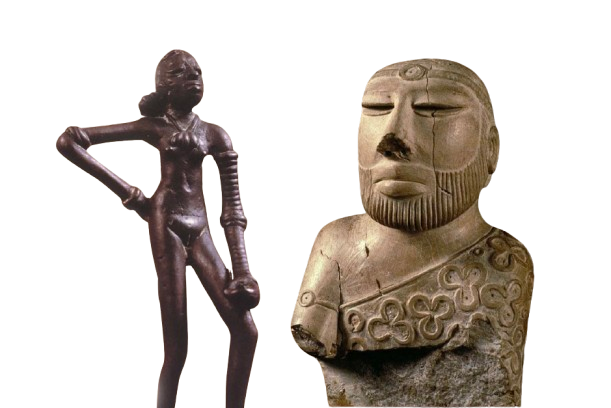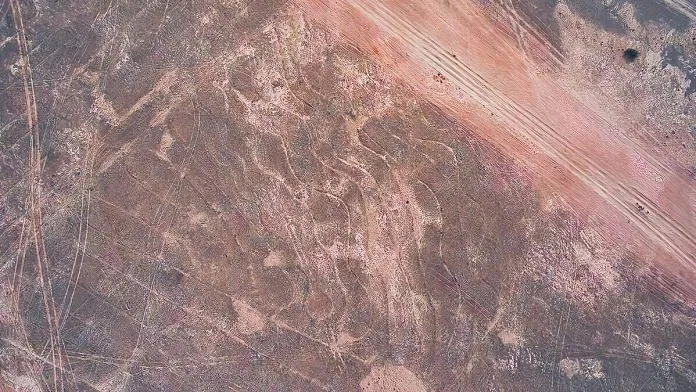Thermoluminescence Dating in Archaeology
Thermoluminescence (TL) dating is a pivotal scientific method in archaeology that helps determine the age of ceramic materials, burnt stones, and sediments exposed to heat. This technique allows archaeologists to estimate the age of objects by measuring the light emitted from these materials when heated. TL dating plays an essential role in understanding the timeline of human history and the development of civilisations, providing insights into various aspects of cultural evolution.
How Thermoluminescence Dating Works
TL dating relies on the principle that specific minerals, such as quartz and feldspar, store energy from sunlight or heat within their crystal structures. When heated or exposed to intense sunlight, these materials release this stored energy in the form of light. The process involves several key steps:
- Trapping of Electrons: As ceramic or sediment materials become buried, they absorb radiation from the surrounding environment. This radiation causes electrons within the crystal lattice to become trapped in imperfections or defects.
- Heating and Light Emission: In the laboratory, researchers heat the object to a specific temperature (usually between 500°C and 800°C). The trapped electrons release light as they return to their original state. The intensity of this emitted light correlates with the amount of radiation absorbed over the years, allowing researchers to estimate the time since the material was last heated.
- Calculating Age: Scientists measure the light emitted during heating using sensitive photomultiplier tubes or similar devices. After analysing the data, they can determine the age of the material, providing an approximate timeline for when the object was last heated or exposed to sunlight.
Applications in Archaeology
TL dating effectively dates various archaeological materials, including:
- Ceramics: Pottery, bricks, and other fired clay objects serve as ideal candidates for TL dating, as the heating process during their manufacture allows for accurate age determination. This dating provides insights into cultural timelines and manufacturing techniques.
- Burnt Stones: Archaeologists can date stone tools or hearthstones that have undergone exposure to fire. Understanding the use of fire in early human activities reveals significant aspects of cultural development and cooking practices.
- Sediments: Researchers can also date sediment layers exposed to sunlight before burial, determining when a site was last inhabited. This information helps establish the chronological context of ancient human settlements.
Advantages of Thermoluminescence Dating
TL dating offers several significant advantages over other methods:
- Broader Time Range: TL dating applies to objects ranging from a few hundred years to about 500,000 years old. This extensive range makes it suitable for both prehistoric and more recent archaeological sites, providing insights into a wide array of cultural developments.
- Non-organic Material: Unlike radiocarbon dating, which requires organic material, TL dating applies to non-organic substances such as ceramics, burnt stones, and sediments. This flexibility expands the types of artifacts that researchers can date, filling gaps in the archaeological record.
- Cross-verification: TL dating can cross-check results obtained from other dating methods, such as radiocarbon dating. This practice becomes essential when organic materials are scarce, helping establish a more comprehensive understanding of a site’s chronology.
- In situ Dating: Researchers can apply TL dating directly to materials found at archaeological sites without significantly disturbing the context of the find. This approach minimizes the risk of losing important archaeological information.
Limitations of Thermoluminescence Dating
While TL dating remains a powerful tool, it has limitations:
- Environmental Sensitivity: The accuracy of TL dating depends on the radiation levels in the environment where the material was buried. Therefore, careful sampling and understanding of local geological conditions are essential for obtaining reliable results.
- Calibration Issues: Proper calibration is necessary for this method, and uncertainties can arise from variations in environmental radiation and potential alterations to the material’s mineral content over time.
- Destruction of Sample: Testing often partially destroys the object, which can be problematic for precious or rare artifacts. This limitation requires careful selection of samples to ensure that important materials remain intact.
- Dating Limits: While TL can provide estimates for a wide range of ages, it becomes less reliable for very recent artifacts (less than 100 years old) due to potential contamination from modern radiation.
Notable Archaeological Discoveries Using Thermoluminescence Dating
Researchers have used TL dating to confirm the age of various archaeological discoveries, including:
- Prehistoric Pottery: TL dating has been pivotal in dating Neolithic pottery from Europe and the Near East. These findings provide insights into the emergence of agricultural societies and their cultural practices. For example, studies of pottery from sites like Çatalhöyük in Turkey have revealed information about social organization and artistic expression.
- Ancient Kilns: Researchers have verified the age of ancient kilns used in ceramic production through TL dating. Understanding the technology and methods employed in pottery-making helps shed light on trade networks and cultural exchanges.
- Sediment Layers at Early Human Sites: Some of the oldest human occupation sites, such as those in Africa and Asia, have undergone dating using TL, contributing to our understanding of early human migrations and activities. These findings have significant implications for the study of human evolution and the dispersal of Homo sapiens.
The Future of Thermoluminescence Dating
As technology advances, researchers continue to expand the potential applications of TL dating in archaeology. Innovations in measurement techniques and improved understanding of the geological context of materials will enhance the reliability and precision of TL dating. Furthermore, interdisciplinary approaches that integrate TL with other scientific methods, such as dendrochronology and isotopic analysis, will provide archaeologists with a more comprehensive understanding of past human behaviors and environmental conditions.
Additionally, developing portable TL dating devices could revolutionize fieldwork. Such devices would allow archaeologists to obtain immediate results on-site, facilitating more effective decision-making during excavations and enhancing the overall efficiency of archaeological research.
Conclusion
Thermoluminescence dating has revolutionized archaeology by providing a reliable way to date materials that were once exposed to heat. Its ability to bridge the gap between radiocarbon dating and other techniques makes it invaluable for understanding ancient and more recent human activities. By using light to unlock the secrets of the past, archaeologists can construct a more detailed and accurate history of human civilization. As the field continues to evolve, TL dating will remain a crucial tool in the quest to understand our collective heritage and the intricate narratives that shape our shared history.



